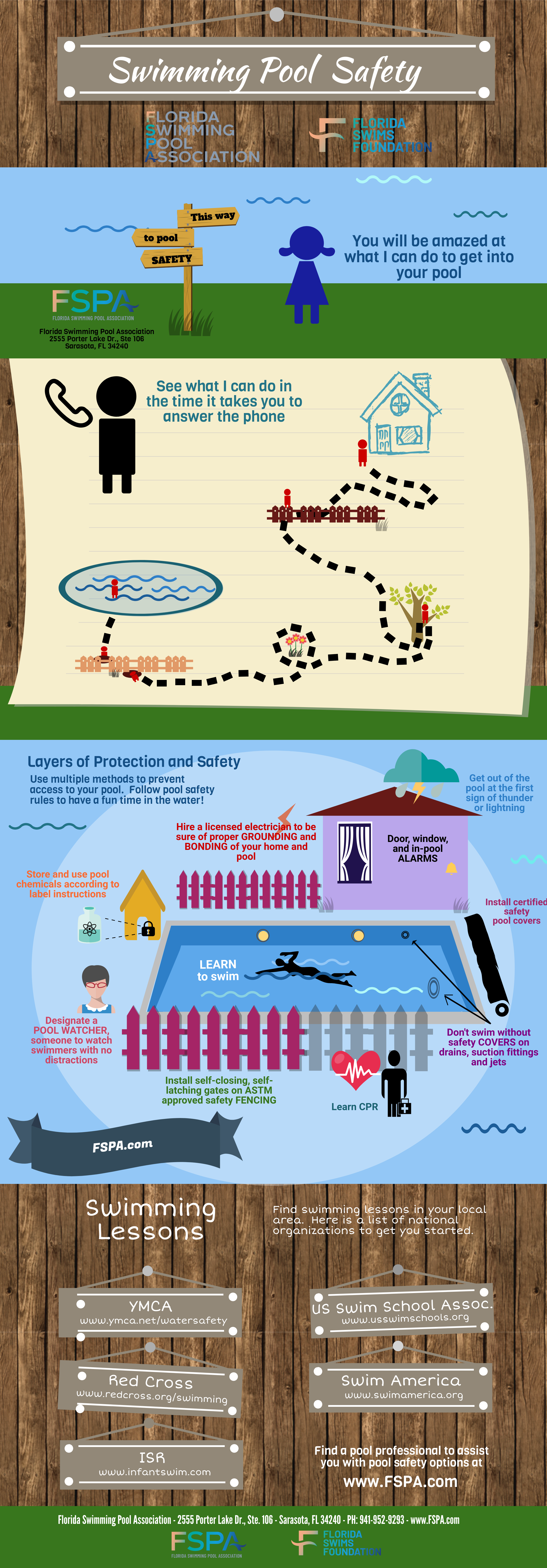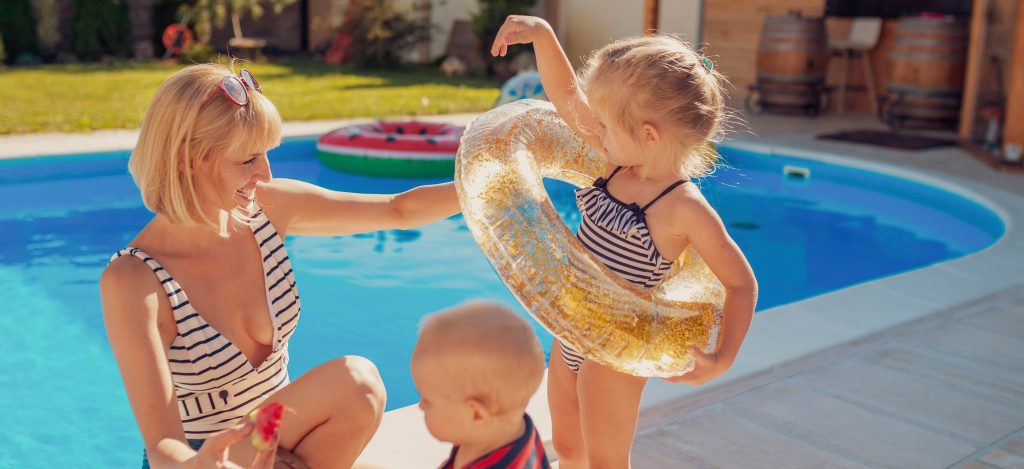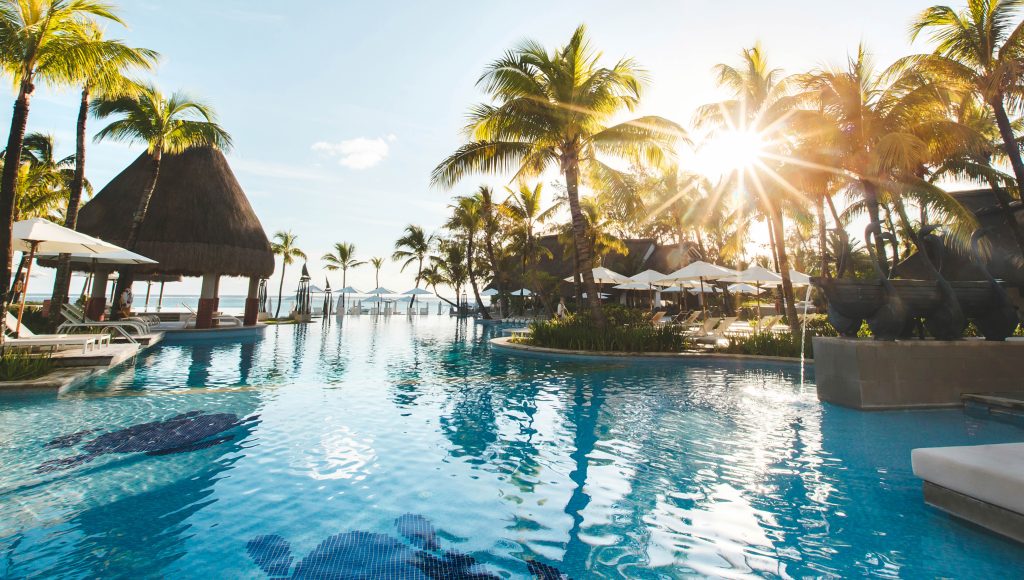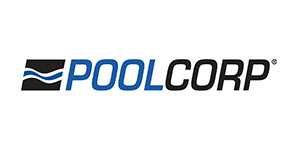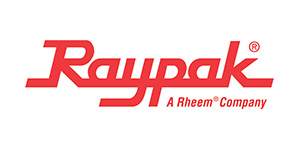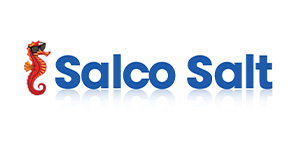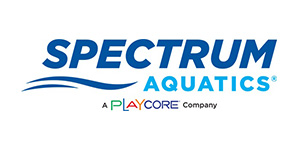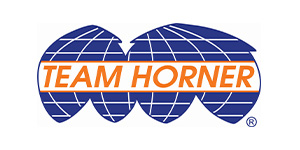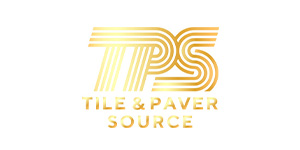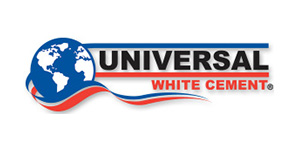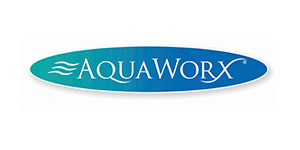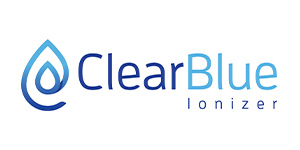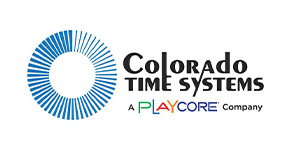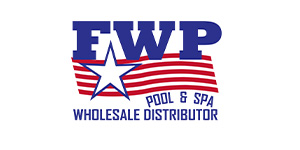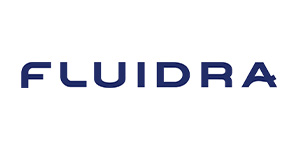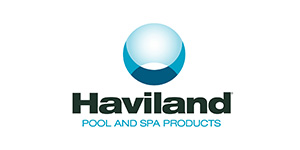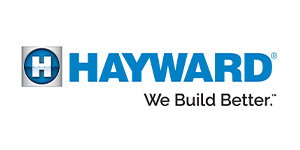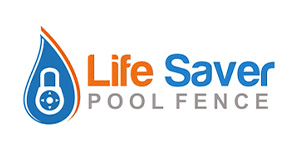Pool Owners
Discover the full potential of your pool ownership experience with FSPA. Access resources, and maintenance guidance to enhance your pool enjoyment.
Pool Maintenance Essentials
Preserve your pool’s longevity and delight with proper upkeep; discover vital tips and proven practices to maintain your aquatic paradise in top shape.
Chlorination
In order to keep the pool water free of contaminants, it is necessary to add a chemical which is capable of killing algae before it becomes visible, or a health hazard. As a rule, the presence of algae in water does not pose a significant risk to health, but it can enter open cuts or sores and cause infection. Once the concentration of algae in the water becomes great it is visible to the naked eye as discolored water or blemishes on the pool surface.
The Chlorine Scale
The concentration of chlorine in water is measured in parts per million (ppm), that is, parts of chlorine per one million parts of water. A standard test kit is graduated on one side from zero ppm to 3.0 ppm. Most test kits are labeled with an “ideal” level for chlorine, usually between 1.0 and 1.5 ppm. While this level is adequate for most pools, it is recommended to maintain a higher chlorine concentration than this during the hot summer months often experienced in Florida. It has been found that a concentration of 1.5 ppm dissipates too quickly during days with temperatures above 95-100 degrees.
Superchlorination
Superchlorination refers to a process in which the chlorine level in the swimming pool is raised to abnormally high levels over a very short period of time, usually a few hours. Another common name for superchlorination is “shocking”. Over time and with extended use, organic wastes build up in the pool water. These wastes include body oils, sweat and other body fluids, and suntan lotions. Generally, 1 gallon of liquid chlorine is needed for every 10,000 gallons of pool water. It is recommended that superchlorination take place in the evening, after the sun has set, since this is when the pool is not being used and treatment will not be removed by UV rays from the sun before it has the opportunity to perform its function.
Conditioner
Conditioner is a name given to a chemical that inhibits the degradation of chlorine by UV light. Other commonly used names for conditioner include: stabilizer, sun-shield or the chemical name cyanuric acid. The recommended ideal level for conditioner in a swimming pool is between 40 and 100 ppm.
Total Alkalinity
Total alkalinity is a measure of the total amount of dissolved particles in the water whose pH is higher than 7.0. Examples of particles include dirt, sand, and baking soda. Alkaline particles in the pool water, at certain levels, act as a buffer to prevent rapid changes in the pool’s pH. Thus, when the total alkalinity of the pool water is within the ideal levels, the pH of the water will tend to stay balanced for longer periods of time. For all pool surfaces, the recommended level falls between 120 and 140 ppm.
The pH Scale
On a standard test kit, the pH scale is graduated from 6.8 to 8.2. The numbers refer to the concentration of hydrogen (acid) in the water but the scale is somewhat reverse. The ideal level for pH is generally the same for all swimming pools regardless of climate, amount of use, temperature, or pool surface. This ideal level falls between 7.4 and 7.6 for all pool surfaces.
Pool Surface
The type of surface on a swimming pool can also affect the pH of the pool water. Plaster or plaster based pool surfaces such as quartz, are porous, alkaline materials. They can absorb and neutralize acid in pool water, thereby raising its pH. In this case, small amounts of acid are generally needed to maintain a proper pH balance. Fiberglass, vinyl, and painted plaster pools, on the other hand, do not have porous surfaces, and thus do not absorb or neutralize acid in the water. Here, small amounts of soda ash or baking soda may be needed to keep the pH at a proper level after acid is added in the form of rain, citrus leaves, etc.
The Pump
The pump is essentially the heart of the swimming pool’s circulation system. It pulls water from the pool through the skimmer and main drain, pushes it through the filter and returns it to the pool through the main returns. The entire operation of the swimming pool is dictated by the operation of the pump. The cleaning system cannot, in general, operate without the main pump, and the pool water cannot be filtered without the main pump operating. It is crucial, therefore, to be aware with the proper schedule for the operation of the main pump. It is recommended that the pump run 12 hours per day during the hottest summer months, and 4-5 hours per day during the winter months, and to varying degrees during the spring and fall. The daily cycle can be divided into multiple cycles, but each cycle should be no shorter than 4 hours since this is the minimum time it takes for all of the water in the pool to pass through the filter at least once, it is also the recommended time between the addition of chemicals and the next water test/or pool use.
Brushing the Pool
There is no substitute for a thorough brushing of the walls and bottom of the pool. Most automatic cleaners can’t scrub the floor to remove small debris and algae spores from the pores in the pool surface, and this must be done to ensure a stain and algae free pool surface. Be sure to brush the pool while the pump is operating, and to cover the entire pool from the tile line to the main drain. Sweep slowly and push the brush toward the main drain so that the debris will be pulled into the drain and then into the filter, where it will be removed from the water. If large amounts of debris were removed during the process, it is advisable to clean the filter afterward.
Vacuuming the Pool
If the amount of debris in the pool is too great to be removed by either the automatic cleaning system or by brushing, the pool should be vacuumed to remove the debris before it becomes attached to the pool surface and requires special methods to remove.
Skimming the Pool
While vacuuming and brushing remove dirt and debris from the bottom of the pool, they do not remove the debris such as grass, leaves, and bugs which float on the water surface. The skimmer built into the pool deck usually removes this debris, but it can accumulate in large amounts, and it may take the built-in skimmer an appreciable time to remove it. By using a hand skimmer, the debris can be quickly removed before it has the opportunity to become saturated with water and sink to the bottom.
safety matters
Put the safety of your family first by establishing a secure pool environment; browse crucial tips and resources below to maintain a safe and pleasurable swimming experience.
DRAINS
The Federal Virginia Graeme Baker Pool & Spa Safety Act requires public pools to have approved drain covers installed and one other feature (there are several options) to prevent entrapment. Florida law is more restrictive and requires a gravity drainage system.
Circulation / Suction Entrapment and Pool Drain Safety
When using any swimming pool:
- If any drain cover is broken or missing, do not enter
 or allow anyone else to enter the pool. Notify the pool owner or call your pool professional immediately to make necessary repairs.
or allow anyone else to enter the pool. Notify the pool owner or call your pool professional immediately to make necessary repairs. - Do not allow anyone, child or adult, to play with or sit on any suction outlet (drain) or wall vacuum fittings!
- Pull long hair back into a ponytail or a bathing cap.
- Remove jewelry before entering the pool.
To ensure your pool is safe:
- Ask a licensed professional to inspect all suction outlets. Ask that drain covers be ANSI/APSP-16 certified and wall vacuum fittings be self closing/self latching.
- Replace any broken covers, missing covers or uncertified covers with ANSI/APSP-16 certified drain covers.
- Have a licensed pool professional inspect your pool. If it has a single drain, retrofit it in accordance with the ANSI/APSP-16 standard. Options include converting the drain to a single unblockable suction outlet or installing a cover/grate certified to the ANSI/APSP-16 standard and at least one of the following: an additional suction outlet(s), gravity flow system, vent system, safety vacuum release system (SVRS), converted suction outlet to return inlet, and/or disable the suction outlet and provide a skimmer capable of the full system flow.
- Post a list of rules and require anyone entering the pool to read the rules. Remind everyone not to play with drains.
- Periodically have a licensed professional evaluate and, if necessary, maintain all drains and outlets.
When you have a pool built:
- Speak with the pool company to ensure they are knowledgeable on suction entrapment and will build your pool to the ANSI/ APSP 7 standard as required by the Florida Building Code.
- Only use a properly licensed company.
- Discuss and understand your circulation, drain and drain cover options.
- The federal Virginia Graeme Baker Pool & Spa Safety Act requires say that as of Dec. 20, 2008 only ANSI/APSP-16 drain covers can be sold in the U.S. Request only ANSI/APSP-16 certified covers be installed.
Types of circulation / suction entrapment:
- Hair: Hair entrapment occurs when a person’s hair becomes entangled in a drain cover and can’t be pulled free. 28.7% of cases.*
- Limb: Limb entrapment occurs when an arm or leg becomes stuck in a drain. The cover must be broken or missing for this to occur, but it does not require suction. 25.6% of cases.*
- Body: Body entrapment occurs when a drain is completely covered by any part of a person’s body and suction holds them in place. 29.8% of cases.*
- Evisceration / Disembowelment: This occurs when someone sits on a drain that has suction, and a broken or missing cover, and injuries or disembowelment occurs. This can occur in a fraction of a second. 3.1% of cases.*
- Mechanical: Mechanical entrapment occurs when an item on the person becomes entangled or stuck on a drain or drain cover (i.e. jewelry, bathing suit). 5.6% of cases.*
*Information was provided by the Consumer Product Safety Commission. Percentages were calculated based on the 195 cases reported to the CPSC for 1985-2007. In the remaining 7.2% of cases, the type of entrapment is unknown.
For more information visit the Consumer Product Safety Commission. Or click here to see how you can “Pool Safely”.
REACREATIONAL WATER ILLNESS
Recreational Water Illness (RWI) is an illness caused by germs and chemicals which can be found in water we swim in.
RWI’s can be a wide variety of infections – skin, ear, respiratory, eye, gastro.
A great way to prevent RWI’s is to keep pool water out of your mouth while you are swimming.
Prevent contamination of water by being proactive. Don’t swim or play in a splash park if you have diarrhea . Diarrhea can contaminate a pool requiring it to be closed while the potential germs are dealt with. Showering before entering a pool is also recommended.
Visit the CDC website for more information.
HEALTH BENEFITS
Swimming has great health benefits and is a great aerobic exercise with significantly less impact. Multiple body parts and muscles are used and strengthened at the same time. Aerobic exercise strengthens your heart. Researchers at the University of South Carolina discovered that swimmers had a 50 percent lower death rate than runners, walkers or sedentary men. Swimming can also be calming and meditative.
Swimming laps, playing games and water exercises are all great ways to stay healthy in the pool.You don’t have to swim laps to get exercise in the pool. Try aerobics or playing games!
Every movement in the water is a resistance exercise. You are pushing against the water and resistance is the best way to build up strength and muscle tone.
Individuals with arthritis can exercise with less stress on their joints. It can improve affected joints without worsening symptoms.
Click here to see more on water-based exercise from the CDC.
SWIM LESSONS
The first step to being safe around water is learning to swim! Swimming lessons reduce the risk of drowning by 88%. Below are several organizations that offer swimming lessons. Click each organization to find out about lessons near you.
YMCA – Learn about water safety and find a YMCA near you for swim lessons.
Red Cross – Learn about Red Cross swimming lessons. On the right hand side of the screen click on “local Red Cross chapter” to find lessons near you!
ISR – Infant Swimming Resource. Learn how this method teaches young children self-rescue skills and then enter your ZIP code to find certified instructors near you!
United States Swim School Association – An association of
quality schools devoted to aquatic education for lifelong safety, fun and health. Enter your zip code to find a swim school in your area.
Swim America – The nation’s leading learn to swim school. Click on the “General Public” link and under the FAQs you can search for a location near you.
Swim with Gills – A traveling swim school in Hobe Sound. Lifeguard and other services also available
Miracle Swimming for Adults, Inc. – Miracle Swimming teaches that learning to swim means to overcome fear and become safe, comfortable, and free in deep water; that learning strokes is the choreography of swimming that can happen easily after someone feels at home in deep water.
* The Florida Swimming Pool Association does not endorse any of these organizations. Other public pools and organizations in your area may also offer swimming lessons.
Visi tFlorida Swims Foundation and website www.FloridaSwims.org to donate money for pool safety and swim lessons.
SAFETY EQUIPMENT
Use layers of protection around your pool. This means you have several things in place to keep children from getting to the water.
Use these LAYERS OF PROTECTION for your pool area:
1. Fencing and gates
Mesh fencing should be at least four feet high and have a self closing, self latching gate. All panels should remain in place when the pool is not in use. Fencing should meet the ASTM F 1908 standard
2. Door and gate alarms
Many devices are available that attached to pool/spa access doors and gates that will sound a loud alarm when opened and closed. Placing alarms on sliding doors, windows and all exit doors will alert you to children leaving the house. Alarms should meet the Underwriters Laboratories standard UL 2017 for residential water hazard alarm equipment.
3. Perimeter and motion alarms
Infrared systems sound an alarm when the beam is crossed, and can be installed around the perimeter of a pool or spa. Water motion alarms are placed near or in the water and sound an alarm when the water is disturbed.
4. Latch and locks
Fence gates should have latches that automatically close and latch securely. Windows and doors that open to the pool or spa area should all be equipped with self-latching devices.
5. Safety Covers
Pool covers are available that completely cover the pool or spa, blocking access to water. Insist on a cover that has a label stating that it meets the ASTM F1346 Standard for pool and spa covers.
RULES
Have a designated pool watcher to keep an eye on swimmers at all times.
This should be a responsible adult who will not become distracted. If going inside for any reason, a new watcher should be assigned or everyone should get out of the pool
Never swim alone, this means adults too!
Do not use glass containers around the pool.
Go in at the first sign of thunderstorms.
No running or rough play in or near the pool.
No diving in shallow water and always steer your dive up.
Never stand or play on a pool cover.
Do not play with drains of any kind.
KIDDIE POOLS
Kiddie Pools – these pools can range from little blowup pools to structures that are several feet deep.
Dump the water out of your small kiddie pool after each use and keep
the pool upside down if left outside. Kids can drown in even a small
amount of water.
Pools more than 24” deep must comply with Florida’s barrier law (click here to view)– safety fence, safety pool cover, window and door alarms, etc.
Weather-Proof Your Pool
Protect your pool from Florida’s varied weather conditions; learn vital tips and suggestions to adapt to the Sunshine State’s distinctive climate challenges.
Preparation
Should I Drain My Pool?
The number one rule: Do not empty your pool.
Keeping sufficient water levels in your pool provides the important weight to hold the sides and bottom in place, especially when heavy rains that accompany most storms raise the local water table. Pools which have been emptied may experience serious subsidence problems and could even be lifted off their foundation.
Should I Lower The Water Level In My Pool?
If your pool is properly equipped with adequate drains and skimmers and the surrounding area is properly drained, the water level can probably be left as it is.
In cases when surrounding structures might be damaged by the water before it can run off naturally, the experts recommend lowering the pool’s water level by one to two feet.
Should I do anything to the pool water chemistry?
Yes, it is recommended that you super chlorinate the pool water. You should “shock the pool” in your normal manner.
Should I leave my automatic equipment and electrical systems turned on?
It is important that all electric power be turned off at the circuit breakers before the storm hits. Any exposed electrical equipment such as motors for the pumps should be tightly covered with plastic wrap (if flooding is expected they may be disconnected and removed).
Should I take any special precautions with my decking and screens?
Some damage to the frame of your enclosed screen structure may be avoided if you provide a “vent” for wind to escape through. Panels in screens may be removed on either side of the pool area. Doors, which are especially vulnerable, might be removed completely.
reactivation
How should I remove debris from the pool?
Use a “pool rake” or other nets / skimming devices such as hose powered leaf baggers to remove small debris. Do not use your regular pool vacuum equipment and your pool pumps as they are likely to clog the plumbing. Watch out that you do not damage pool walls or bottom when removing any large objects.
What about the electrical equipment?
Be sure that everything is dry before dealing with electrical start-up. Check your circuit breakers to be sure they are off before attempting to reconnect electrical equipment such as pump motors. Inspect the wiring (especially ground wires) for proper connections. Be sure that you are following manufacturers’ instructions when reactivating equipment. If electric motors have been exposed to water, they should be checked by a professional.
Should I add chemicals again after the storm?
The experts say it will probably be necessary to “shock” (super chlorinate) the pool water again. The heavy fresh water accumulation from rainfall may need to be counteracted. Test your pool first.
What about monitoring the system?
It is advisable to closely monitor the operating systems through their complete cycles. Be sure clocks, timers, etc. have been properly reset. Balance the water chemistry and continue to check it carefully. If the pool appears to be leaking, you may have clogged a hydrostatic relief valve. Have a professional check it.
What about draining the pool after the storm?
Just as before the storm, if the water table is high, damage may occur. If you must drain your pool to clean it, be sure to seek professional advice.
Picking a Contractor
Choose the perfect contractor for your pool project with confidence; dive into crucial factors and insights, and learn the significance of solid contracts for a smooth sailing experience.
find the right partner
Use the FSPA search engine below and recommendations from family and friends to make a list of at least three possible companies.
Verify their information
Verify their license is current, active and covers the work to be done by visiting www.MyFloridaLicense.com. See what a license looks like HERE versus a business license / tax ID (not the same thing!)
check references
Request a list of references and take the time to give them a call.
FSPA members agree to a code of ethics when they join. Ethics complaints can result in membership termination. FSPA members have access to free education.
avoid Unlicensed Work
Safeguard your investment by steering clear of unlicensed pool work; understand the risks and learn how to hire a qualified, licensed professional through FSPA for your project.
Why hire a licensed pool contractor to build your pool or make any repairs?
The state of Florida requires a license to build or repair pools; you can confirm licenses and read information on licensing at www.MyFloridaLicense.com.
-
-
- A licensed person has the required education, experience, insurance and qualifications to obtain a license. They must pass a competency examination before practicing.
- Licensed individuals are screened for prior criminal history.
- The department can discipline and even revoke a license if the person does not live up to professional standards. This is a not a total safeguard, but is a strong incentive for the licensee to do good work.
- You may be able to sue the licensee in civil court for problems related to the work done.
-
Non-licensed contractors may not be insured, leaving you liable for any injuries or damages. There may be little recourse if you have issues with non-licensed contractors since the state isn’t governing their actions.
An occupational license / business tax ID is not a contractors license. A CPO or CPT certificate is not a contractors’ license.
Non-licensed contractors performing work which requires a license can be reported to the Department of Business and Professional Regulation. Call the DBPR’s toll-free hotline 866-532-1440 or e-mail ULA@dbpr.state.fl.us (report is forwarded to local office / investigator). A list of regulation offices can be found at www.myfloridalicense.com/dbpr/reg/contact.html
Types of Licenses
- Commercial pool/spa contractor: They can repair, build/install and service residential and commercial pools and spas.
- Residential pool/spa contractor: They can repair, build/install and service residential pools and spas (not commercial).
- Swimming pool/spa servicing contractor: They can repair and service (not build) commercial and residential pools and spas.
- Residential pool/spa servicing specialty contractor: They can repair and service (not build) residential pools and spas (not commercial).
ENERGY EFFICIENCY
Reduce the cost of running your pool. Use the pump savings calculators below to see what you can save!
Two-speed and variable-speed pumps are great ways to conserve energy and save on your electric bill. National and state regulations require your new pool pump be a two-speed or variable-speed pump in many cases*. This applies to pumps being replaced with a new pump as well as new construction. These pumps deliver immediate savings on your electric bill that can range from 75% – 90%.
Variable-speed pumps can be set to run at a lower speed but still obtain the same or better cleaning/sanitation by running for longer periods of time. Lower speeds reduce energy use to 1/4 of what it was, despite the increased run time. Lower speed also means less noise from the pump. High speed is still available for occasional needs such as spa therapy jets, pool cleaners or water features
WHY IS NOW THE RIGHT TIME TO ADDRESS THIS PORTION OF YOUR HOME ENERGY BUDGET?
• Pool filtration costs are listed as the 2nd or 3rd largest energy cost in the home, following your AC and hot water expenses.
• New regulations mandate more efficient equipment.
• Energy savings will decrease your monthly costs.
• To be environmentally responsible.
EXAMPLE OF POTENTIAL SAVINGS
You have a 1 1/2 HP, Single-speed Filtration Pump:
- Running speed 3,450 rpm 2.76
- Estimated Kilowatts used per hr. x $0.14
- Average cost per Kw = $0.39 Cost per
- hourAverage running hrs. 10
- Est. cost per day (10hrs x $.39) $3.90
- Est. cost per month $117.00
- Est. cost per year $1,404.00
Replace it with a 1 1/2 HP, Two-speed Filtration Pump:
- Running speed 1,725 rpm
- .368 Estimated Kilowatts used per hr.
- x $0.14 Average cost per Kw = $0.05 Cost
- per hour Average running hrs. 20
- Est. cost per day (20hrs x $.05) $1.00
- Est. cost per month $30.00
- Est. cost per year $360.00
That is a savings of over $1,000 per year! Once the savings pay for the upfront cost of the pump, that is money in your pocket!
POOL DRAIN SAFETY
The Federal Virginia Graeme Baker Pool & Spa Safety Act requires public pools to have approved drain covers installed and one other feature (there are several options) to prevent entrapment. Florida law is more restrictive and requires a gravity drainage system.
WHEN USING ANY SWIMMING POOL
If any drain cover is broken or missing, do not enter drain or allow anyone else to enter the pool. Notify the pool owner or call your pool professional immediately to make necessary repairs. Do not allow anyone, child or adult, to play with or sit on any suction outlet (drain) or wall vacuum fittings! Pull long hair back into a ponytail or a bathing cap. Remove jewelry before entering the pool.
TO ENSURE YOUR POOL IS SAFE
Have a licensed pool professional inspect your pool. If it has a single drain, retrofit it in accordance with the ANSI/APSP-16 standard. Options include converting the drain to a single unblockable suction outlet or installing a cover/grate certified to the ANSI/APSP-16 standard and at least one of the following: an additional suction outlet(s), gravity flow system, vent system, safety vacuum release system (SVRS), converted suction outlet to return inlet, and/or disable the suction outlet and provide a skimmer capable of the full system flow.
Ask a licensed professional to inspect all suction outlets. Ask that drain covers be ANSI/APSP-16 certified and wall vacuum fittings be self closing/self latching.
Replace any broken covers, missing covers or uncertified covers with ANSI/APSP-16 certified drain covers. Post a list of rules and require anyone entering the pool to read the rules. Remind everyone not to play with drains.
Periodically have a licensed professional evaluate and, if necessary, maintain all drains and outlets.
WHEN YOU HAVE A POOL BUILT
Speak with the pool company to ensure they are knowledgeable on suction entrapment and will build your pool to the ANSI/ APSP 7 standard as required by the Florida Building Code.
Only use a properly licensed company. Discuss and understand your circulation, drain and drain cover options.
The federal Virginia Graeme Baker Pool & Spa Safety Act requires say that as of Dec. 20, 2008 only ANSI/APSP-16 drain covers can be sold in the U.S. Request only ANSI/APSP-16 certified covers be installed.
TYPES OF CIRCULATION / SUCTION ENTRAPMENT
Hair: Hair entrapment occurs when a person’s hair becomes entangled in a drain cover and can’t be pulled free. 28.7% of cases.*
Limb: Limb entrapment occurs when an arm or leg becomes stuck in a drain. The cover must be broken or missing for this to occur, but it does not require suction. 25.6% of cases.*
Body: Body entrapment occurs when a drain is completely covered by any part of a person’s body and suction holds them in place. 29.8% of cases.*
Evisceration / Disembowelment: This occurs when someone sits on a drain that has suction, and a broken or missing cover, and injuries or disembowelment occurs. This can occur in a fraction of a second. 3.1% of cases.*
Mechanical: Mechanical entrapment occurs when an item on the person becomes entangled or stuck on a drain or drain cover (i.e. jewelry, bathing suit). 5.6% of cases.*
*Information was provided by the Consumer Product Safety Commission. Percentages were calculated based on the 195 cases reported to the CPSC for 1985-2007. In the remaining 7.2% of cases, the type of entrapment is unknown. For more information visit the Consumer Product Safety Commission. Or click here to see how you can “Pool Safely”.

